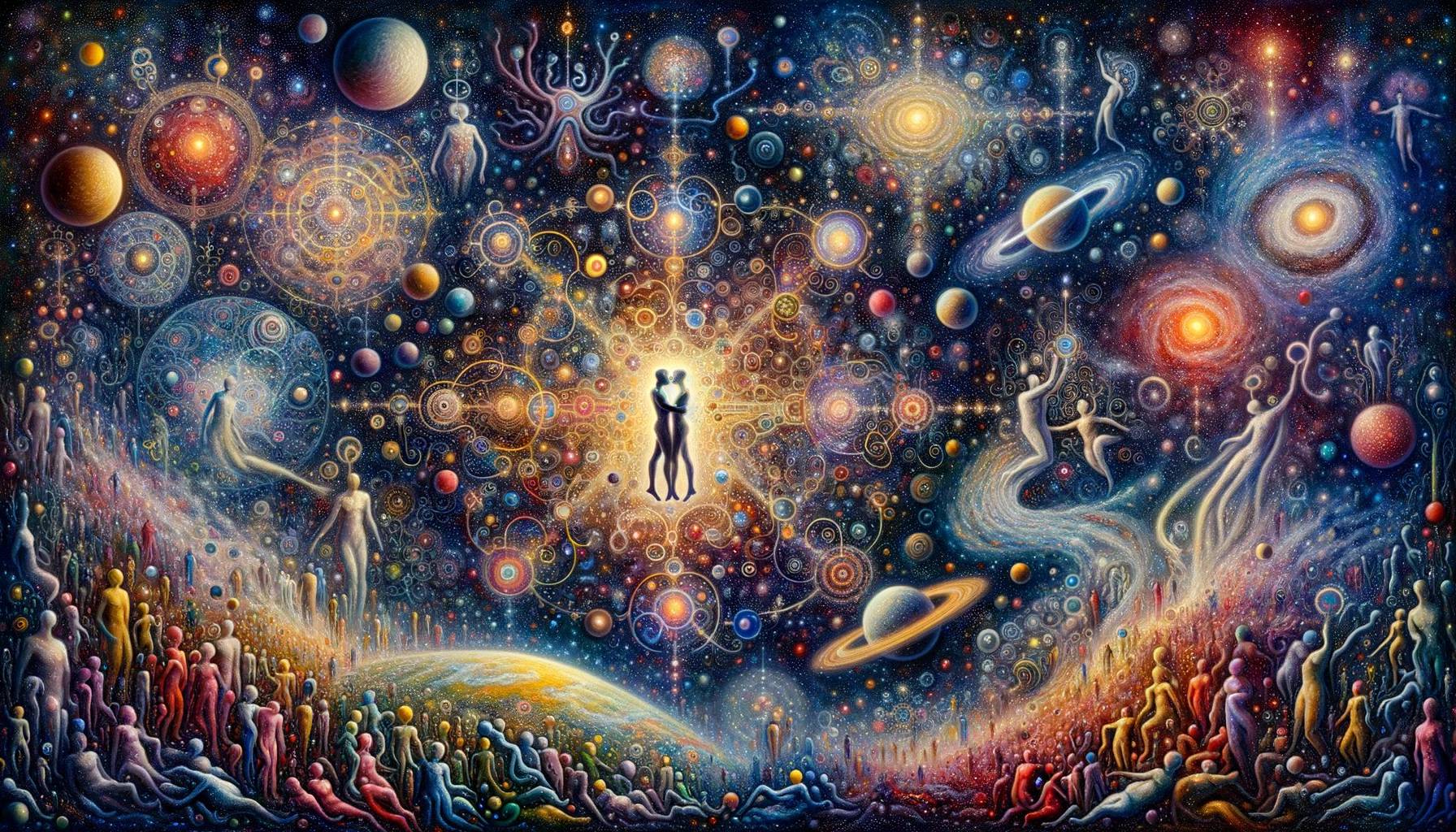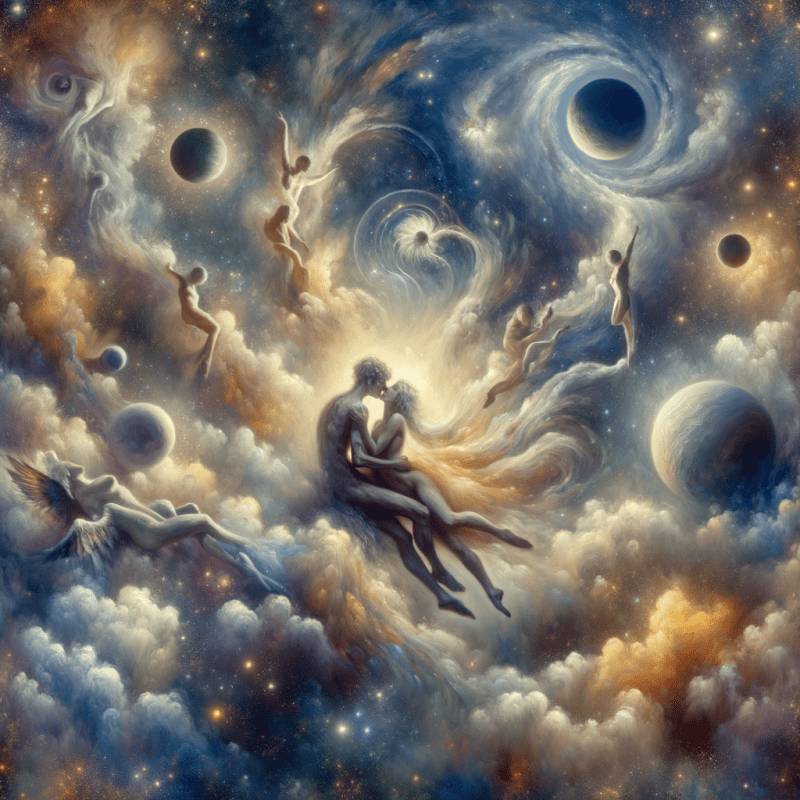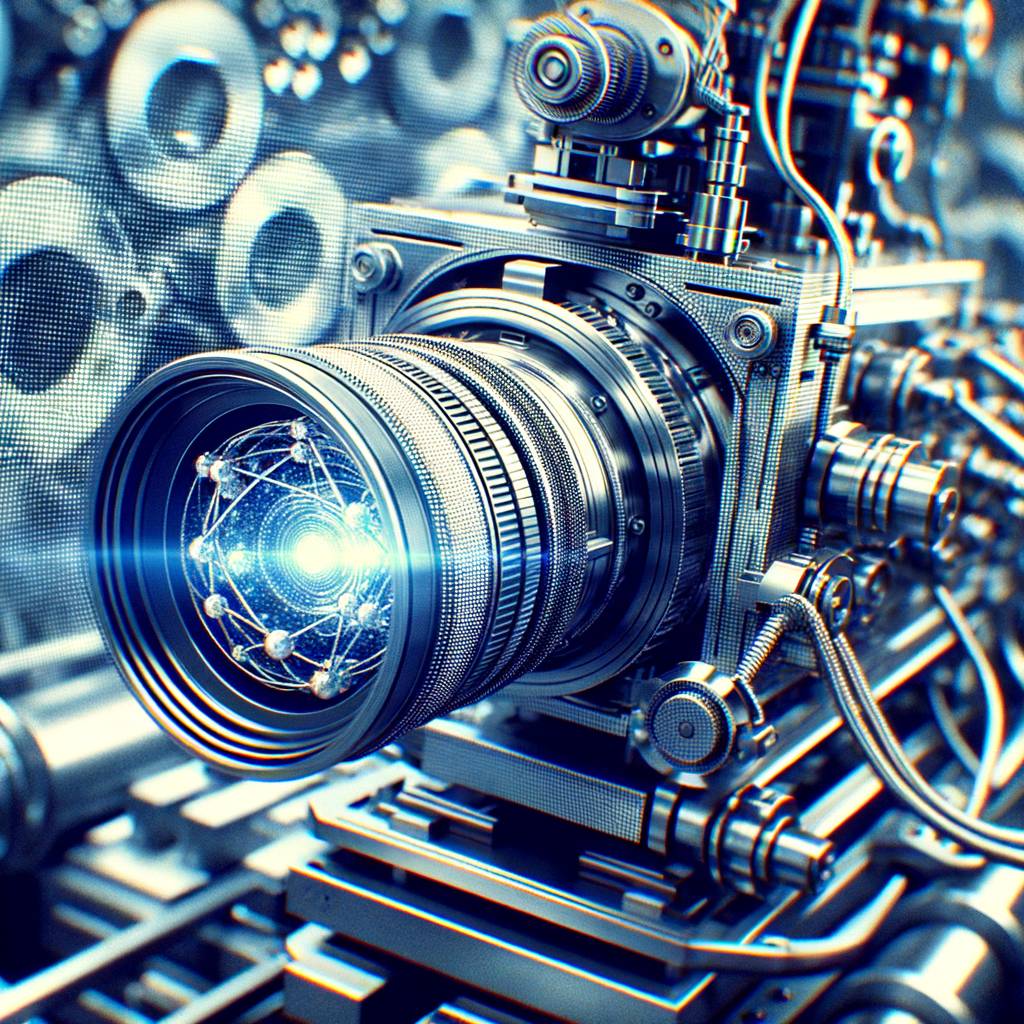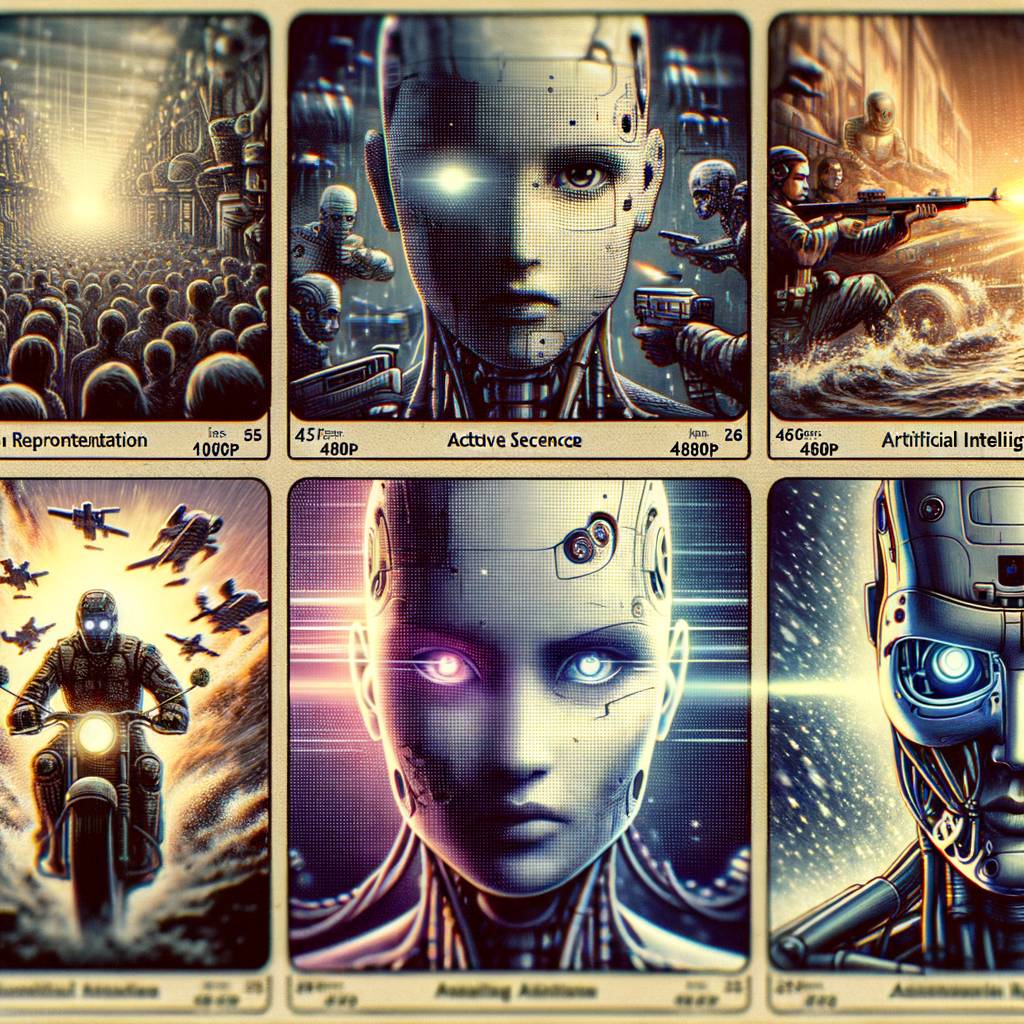The Science of Love: Emotional Depth in Interstellar

Christopher Nolan’s 2014 film, Interstellar, is a cinematic masterpiece that combines the complexities of astrophysics with the raw power of human emotion. While the film’s scientific accuracy has been widely discussed, its exploration of love as a tangible, powerful force is equally compelling. This article delves into the science of love as depicted in Interstellar, and how it adds emotional depth to the narrative.
Love as a Quantifiable Force
In Interstellar, love is not just an abstract concept or a mere feeling. It is presented as a quantifiable force that transcends time and space. This idea is most clearly articulated by the character Dr. Amelia Brand, played by Anne Hathaway. She argues that love is an observable, powerful phenomenon that should be factored into their decision-making.
She says, “Love isn’t something we invented. It’s observable, powerful. It has to mean something… Maybe it means something more – something we can’t yet understand. Maybe it’s some evidence, some artifact of a higher dimension that we can’t consciously perceive. I’m drawn across the universe to someone I haven’t seen in a decade, who I know is probably dead. Love is the one thing we’re capable of perceiving that transcends dimensions of time and space.”
1
Love and Quantum Entanglement
The film also draws parallels between love and the concept of quantum entanglement in physics. Quantum entanglement is a phenomenon where two particles become interconnected, and the state of one instantly influences the other, regardless of the distance between them. This concept mirrors the bond between Cooper (Matthew McConaughey) and his daughter Murph (Jessica Chastain), which remains unbroken despite the vast expanses of space and time that separate them.
Love as a Survival Mechanism
From an evolutionary perspective, love can be seen as a survival mechanism. It promotes bonding and cooperation, which increases the chances of survival. In Interstellar, love drives the characters to make sacrifices and take risks to save their loved ones and humanity. This is evident in Cooper’s decision to leave his children and embark on a dangerous mission to save the human race.
Love and the Fifth Dimension
In the climactic sequence of the film, Cooper enters a tesseract, a representation of the fifth dimension created by future humans. Here, he is able to communicate with his daughter in the past through gravity, influencing her to solve the equation that will save humanity. This sequence suggests that love, like gravity, is a force that can transcend the boundaries of time and space.
Conclusion
In Interstellar, love is not merely a sentimental concept but a powerful, quantifiable force that drives the narrative. It is depicted as a phenomenon that transcends time and space, akin to scientific concepts like quantum entanglement and gravity. This exploration of love adds emotional depth to the film, making it a compelling blend of science fiction and human drama.
While the science of love as depicted in Interstellar may not align with our current understanding of physics, it offers a fascinating perspective on the power of human emotions and their potential to influence our understanding of the universe.
1 “Interstellar (2014) – Quotes – IMDb.” https://www.imdb.com/title/tt0816692/quotes.



